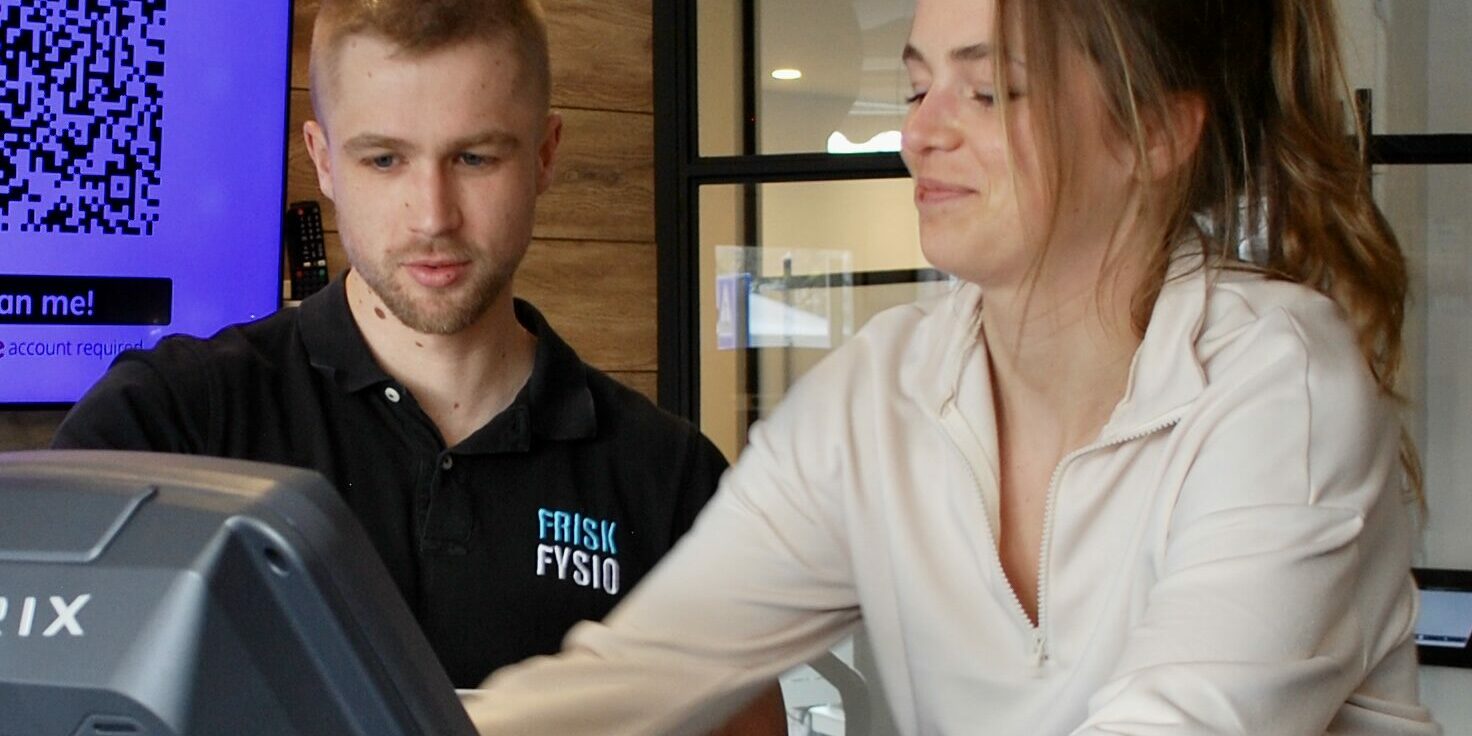How much time do you take for your workout or training? Nowadays, we are often in a hurry and don't seem to really take time for anything. While you are eating, you might be busy on your laptop; while folding laundry, you are on your phone and sometimes you even send emails from your phone while watching a series. We strive to make the most of every day, but is this always wise? In any case, when it comes to exercising or working out, it is crucial to give your muscles time for a proper warm-up!
The importance of a good warm-up
In many sports, a warm-up is a standard procedure, but unfortunately we still see athletes skipping this step. During intense activities, considerable demands are placed on the body, and the heart rate can reach as high as 180 beats per minute. When an athlete immediately demands 100% from his heart and body, there is no room left to prepare for the required effort.
This can be compared to the engine of a car. In order for the engine to warm up, perform better and last longer, one must first go through several gears, from gears 1-2-3-4 only to gear 5. Similarly, a warm-up prepares the body and heart for the moment when "really go full throttle".
What impact does a warm-up have on your body?
It contributes to safe and effective training and has a significant impact on your body. Some important factors that come into play are:
An elevated body temperature
During a warm-up, your body temperature begins to rise, allowing muscles and joints to function better. This helps prevent injuries, as warm muscles are more flexible and less likely to tense up.
Improving blood flow
Heart rate and blood circulation increase during a warm-up. This ensures that oxygen and nutrients are transported to the muscles faster, improving performance and reducing fatigue.
Caring for your joints
During a warm-up, the body starts producing 'synovial fluid', which is a lubricant for joints. It allows joints to move more smoothly and reduces the risk of injury.
Activates the nervous system
It helps activate the nervous system, improving reaction time and coordination. This is essential for sports where speed and precision are important.
Improving mental focus
Your brain is activated by this exercise, going from rest to exertion. As the brain is activated, your muscles are better controlled.
Active or passive warm-up
We can divide a warm-up into two forms: active and passive. Both methods aim to prepare your body for exertion, but achieve this through different techniques.
Active
The active form includes dynamic movements and exercises that activate muscles and joints and increase heart rate and body temperature. Think of different exercises:
- Light cardio exercises
- Dynamic stretches such as knee lifts and heels-buttons
- Sports-specific movements
- Strength exercises
Passive
The passive form uses external heat sources to warm the body. For example:
- Heat pads or blankets
- Prolonged stretches to relax muscles
- Hot water baths
Have you suffered a muscle injury because your body was insufficiently warmed up?
If you have not paid enough attention to a proper warm-up anyway, a muscle injury could be lurking. Fortunately, we have experience with this and can provide targeted help to treat your injury. Have you suffered an injury? If so, please contact us by calling 085-5000333, send an e-mail to info@friskfysio.nl or by the contact form fill in.







